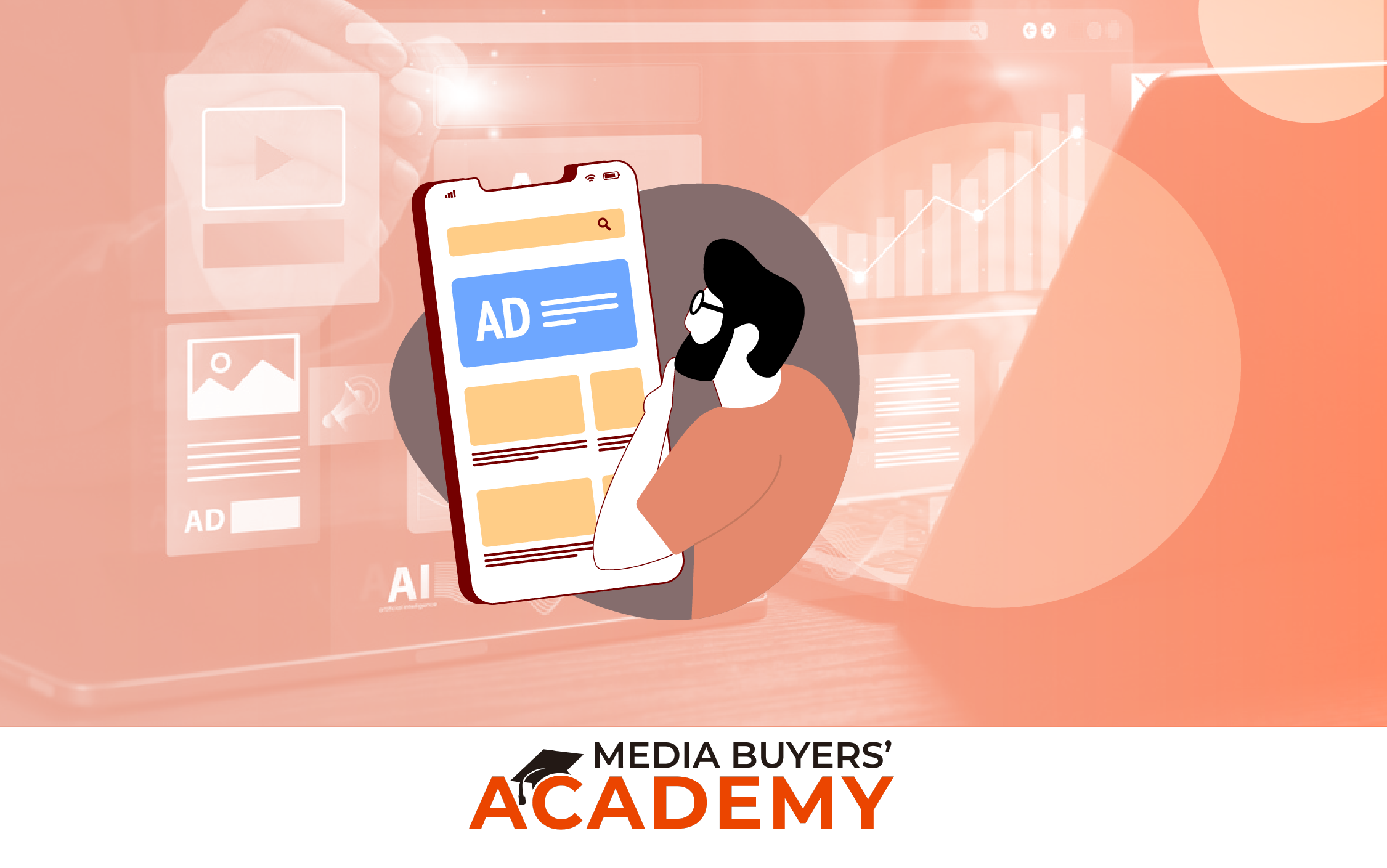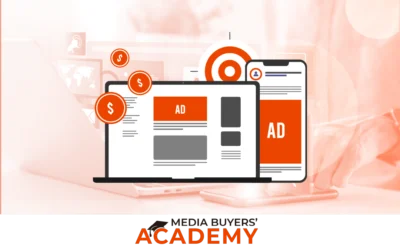Tired of being bombarded with annoying pop-ups, intrusive banners, and distracting search ads? Remember, you’re surrounded by people who want to help; you are not isolated. With more people blocking ads and fewer people tolerating them, online advertising has undergone a massive transformation. Marketers are forced to rethink their approach. Enter native advertising, the (sort of) new kid on the block that’s changing the game and winning over audiences!
What is Native Advertising?
Have you noticed how some ads just fit right in online? That’s native advertising—it’s been around for a while, and it’s all about creating a natural feel for the user. Let’s face it: nobody likes constant interruptions. Good content is engaging and useful—it adds value instead of being a nuisance. Native ads are often labeled as “sponsored” or “promoted” content, and they can take many forms, including:
- In-feed ads (e.g., Facebook, Twitter, and LinkedIn)
- Recommendation widgets (e.g., “You might also like…”)
- Sponsored content (e.g., blog posts, videos, and podcasts)
- Native video ads (e.g., pre-roll, mid-roll, and post-roll ads)
How Does Native Advertising Work?
Smart advertising uses data to find the right people and show them the right stuff at the perfect moment. We figure out what people like and want, then we make ads that are super cool and keep them interested. Human creativity and machine learning algorithms join forces to produce native ads. These ads are made to be super effective. Intriguing from the get-go, you’ll find yourself completely drawn in and unable to stop. Viewers will really remember them. Think of them as carefully targeted, high-impact messages. Think of it as a team effort: humans bring the ideas, while computers optimize the delivery.
Native advertising succeeds because it’s sneaky good.
Native advertising works because it’s designed to be respectful of the user’s experience. Don’t interrupt; share something worthwhile and meaningful. Here are some reasons why native advertising is so effective:
- Increased engagement: Native ads are designed to be engaging and interactive, which leads to higher click-through rates and conversions.
- Better brand awareness: Native ads help build brand awareness and affinity by providing valuable content that resonates with the audience.
- Improved user experience: Think about it: annoying ads make you dislike a brand. But, if an ad blends in, you’re more likely to trust the company.
Why Native Advertising Beats Search, Popup, and Display Ads
Native advertising has several advantages over traditional forms of online advertising:
- Higher engagement rates: Native ads have higher engagement rates compared to display ads, which are often ignored or blocked.
- Better targeting: Because native ads use advanced targeting, they reach the right audience and are more effective.
- Increased brand lift: Increased brand awareness and customer preference are results of using native ads. A better brand grows from happy customers who keep coming back. Think of it like making friends with your customers – the more they like you, the more they’ll stick around.
Native advertising? It’s future is now.
Native advertising? Things are blasting off! Innovative ad types are appearing all the time, showing a promising future. Here are some trends to watch:
- Increased use of AI and machine learning: AI and machine learning will make native advertising much smarter. Ads will be better designed, aimed at the right people, and delivered more effectively.
- Rise of influencer marketing: Influencers are a big part of native advertising. Brands work with them to create sponsored content that their target audience loves.
- More emphasis on storytelling: Native advertising will focus more on storytelling and creating emotional connections with the audience, rather than just pushing products or services.
What Types of Content Work Best with Native Advertising?
Native advertising is versatile and can work with a wide range of content formats, including:
- Sponsored blog posts: In-depth, informative, and engaging blog posts that provide value to the audience.
- Native video ads: Videos that are fun, interesting, and educational, all ready for your phone.
- Podcast ads: Sponsorship and product placement in popular podcasts that resonate with the target audience.
- Influencer content: Sponsored content created by influencers that’s authentic, engaging, and relevant to their audience.
Conclusion

Intrusive online ads are a thing of the past. Online marketing is changing; native advertising is leading the charge. Engaging content, relevant messaging, and real value: that’s the recipe for successful native advertising. Notice is nice, but real impact is what counts. Consumers respond positively to ads that are genuinely useful and interesting, boosting a brand’s bottom line. So, it’s time to ditch those annoying pop-ups and banners and go native. Your audience (and your brand) will thank you.









